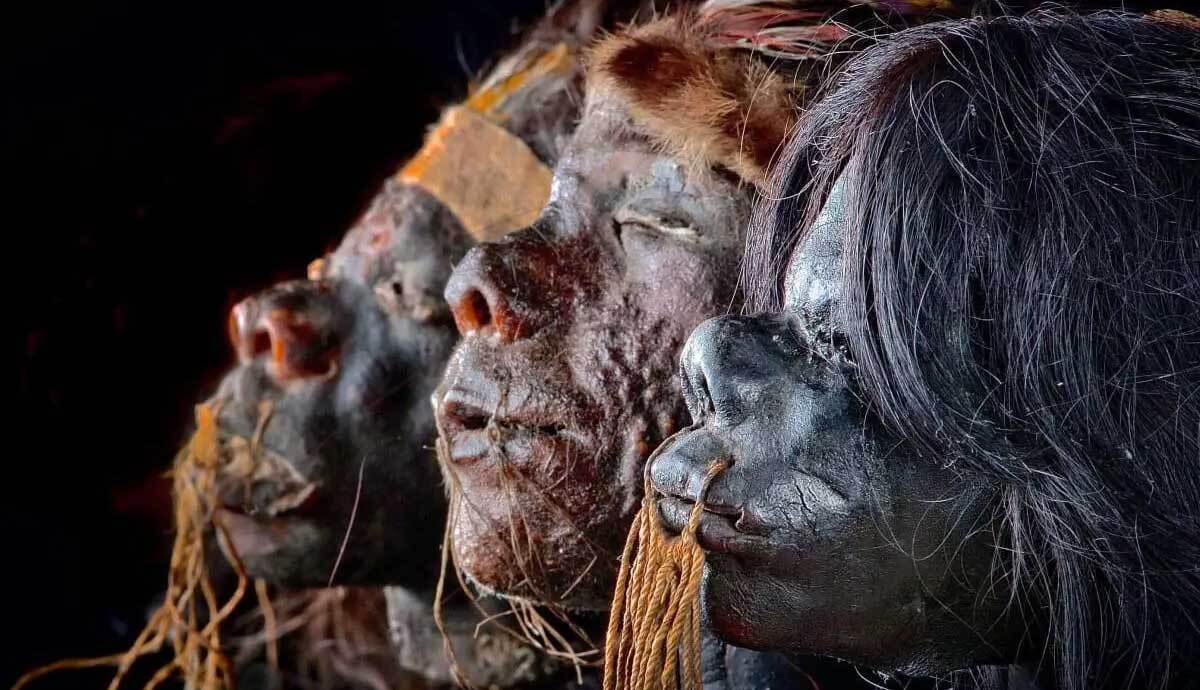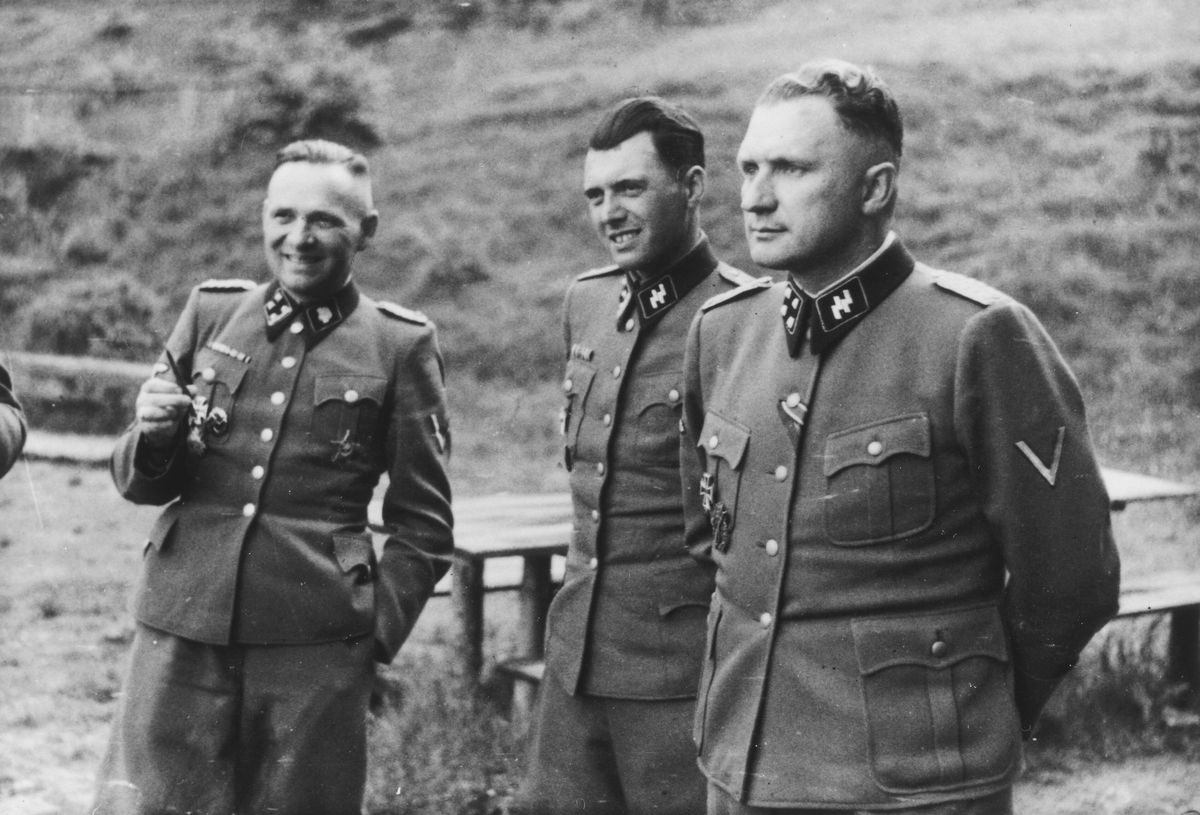
Shrunken heads have fascinated and horrified people for centuries. Originating from the Amazon rainforest, these macabre artifacts are more than just curiosities. They hold deep cultural significance for the tribes that created them, particularly the Jivaroan peoples of Ecuador and Peru. Why did they make shrunken heads? They believed shrinking the heads of their enemies captured the soul, preventing it from seeking revenge. The process involved removing the skull, boiling the skin, and then drying it with hot stones and sand. Today, genuine shrunken heads are rare and often illegal to trade. However, their mystique continues to captivate imaginations worldwide.
Key Takeaways:
- Shrunken heads, or tsantsas, were created by indigenous tribes in the Amazon rainforest. They were used in rituals, believed to contain the spirit of the person, and have cultural significance for the tribes.
- Shrunken heads have found their way into modern culture, appearing in museums, movies, and literature. However, their collection and trade have raised ethical concerns and controversies.
What Are Shrunken Heads?
Shrunken heads, also known as tsantsas, are a fascinating yet eerie part of history. These heads were created by certain indigenous tribes in the Amazon rainforest. Let's dive into some intriguing facts about these macabre artifacts.
-
Shrunken heads were primarily made by the Jivaroan tribes, including the Shuar, Achuar, Huambisa, and Aguaruna.
-
The process of creating a shrunken head involved removing the skull and flesh, then boiling the skin and shrinking it using hot stones and sand.
-
Shrunken heads were often used in rituals and believed to contain the spirit of the person they once were.
-
The Jivaroan tribes believed that shrinking an enemy's head would trap their soul and prevent them from taking revenge.
The Process of Making Shrunken Heads
Creating a shrunken head was a meticulous and time-consuming process. Here are some facts about how these heads were made.
-
First, a cut was made on the back of the head to remove the skull and brain.
-
The skin was then boiled in water mixed with herbs to shrink it and preserve it.
-
After boiling, the head was dried using hot stones and sand, which helped to further shrink and shape it.
-
The eyes and mouth were sewn shut to prevent the spirit from escaping.
-
The final step involved rubbing the skin with charcoal ash to darken it and ward off evil spirits.
Cultural Significance of Shrunken Heads
Shrunken heads held deep cultural significance for the tribes that made them. Here are some facts about their importance.
-
Shrunken heads were often used as trophies of war, symbolizing victory over enemies.
-
They were also used in rituals to honor ancestors and communicate with spirits.
-
Some tribes believed that owning a shrunken head would bring them power and protection.
-
Shrunken heads were sometimes used in trade with other tribes or even with European explorers.
Shrunken Heads in Modern Times
Shrunken heads have found their way into modern culture in various ways. Here are some facts about their presence today.
-
Many museums around the world have shrunken heads in their collections, often acquired during the 19th and early 20th centuries.
-
The trade of real shrunken heads has been banned in many countries due to ethical concerns.
-
Some shrunken heads in museums and private collections are actually forgeries made from animal parts or synthetic materials.
-
Shrunken heads have appeared in popular culture, including movies, books, and TV shows, often adding an element of mystery and horror.
Ethical Concerns and Controversies
The practice of creating and trading shrunken heads has raised several ethical concerns. Here are some facts about the controversies surrounding them.
-
The collection and display of shrunken heads in museums have been criticized for being disrespectful to the cultures that created them.
-
Some indigenous groups have called for the return of shrunken heads to their rightful communities.
-
The trade of shrunken heads has been linked to illegal activities, including grave robbing and murder.
-
Efforts are being made to educate the public about the cultural significance of shrunken heads and the need for ethical practices in their handling.
Fascinating Tidbits About Shrunken Heads
Here are some more interesting facts that didn't quite fit into the other categories but are too fascinating to leave out.
-
The term "tsantsa" comes from the Jivaroan language and means "shrunken head."
-
Some shrunken heads were made from the heads of monkeys, which were used as substitutes when human heads were not available.
-
The process of making a shrunken head could take several days to complete.
-
Shrunken heads were often decorated with feathers, beads, and other ornaments to enhance their appearance.
-
The practice of head shrinking has largely died out, but some tribes still perform it for ceremonial purposes.
Shrunken Heads in Anthropology and Research
Anthropologists and researchers have studied shrunken heads to learn more about the cultures that created them. Here are some facts about their findings.
-
Researchers have used forensic techniques to determine the authenticity of shrunken heads in museum collections.
-
Studies have shown that the practice of head shrinking was more common among the Jivaroan tribes than previously thought.
-
Some researchers believe that the practice of head shrinking may have originated as a way to intimidate enemies and prevent future attacks.
-
The study of shrunken heads has provided valuable insights into the social and spiritual beliefs of the tribes that made them.
Shrunken Heads and Modern Medicine
Shrunken heads have even found their way into the field of modern medicine. Here are some facts about their medical significance.
-
The process of shrinking heads has been studied by medical professionals to understand the effects of heat and dehydration on human tissue.
-
Some researchers have used shrunken heads to study the preservation of skin and other tissues.
-
The techniques used to create shrunken heads have inspired modern methods of tissue preservation and mummification.
-
Shrunken heads have been used in medical education to teach students about anatomy and the effects of various preservation techniques.
Shrunken Heads in Art and Literature
Shrunken heads have also inspired artists and writers. Here are some facts about their influence on art and literature.
-
Shrunken heads have appeared in numerous works of fiction, often serving as symbols of mystery and danger.
-
Artists have created sculptures, paintings, and other works inspired by shrunken heads, often exploring themes of death and the afterlife.
-
Some writers have used shrunken heads as central elements in their stories, drawing on their rich cultural history and eerie appearance.
The Fascinating World of Shrunken Heads
Shrunken heads, or tsantsas, offer a glimpse into the rich cultural practices of the Jivaroan tribes in the Amazon. These artifacts, once used in rituals, symbolize power and protection. While the practice has largely ceased, the intrigue surrounding these heads remains strong. Museums worldwide display them, sparking curiosity and debate about their origins and authenticity.
Modern science has helped identify genuine tsantsas from fakes, preserving the history and respect for the cultures that created them. Understanding shrunken heads isn't just about the macabre; it's about appreciating the traditions and beliefs of indigenous peoples. Next time you see one, remember the complex history and cultural significance behind it.
Exploring these facts helps us respect and learn from diverse cultures, reminding us of the vast tapestry of human history.
Frequently Asked Questions
Was this page helpful?
Our commitment to delivering trustworthy and engaging content is at the heart of what we do. Each fact on our site is contributed by real users like you, bringing a wealth of diverse insights and information. To ensure the highest standards of accuracy and reliability, our dedicated editors meticulously review each submission. This process guarantees that the facts we share are not only fascinating but also credible. Trust in our commitment to quality and authenticity as you explore and learn with us.


